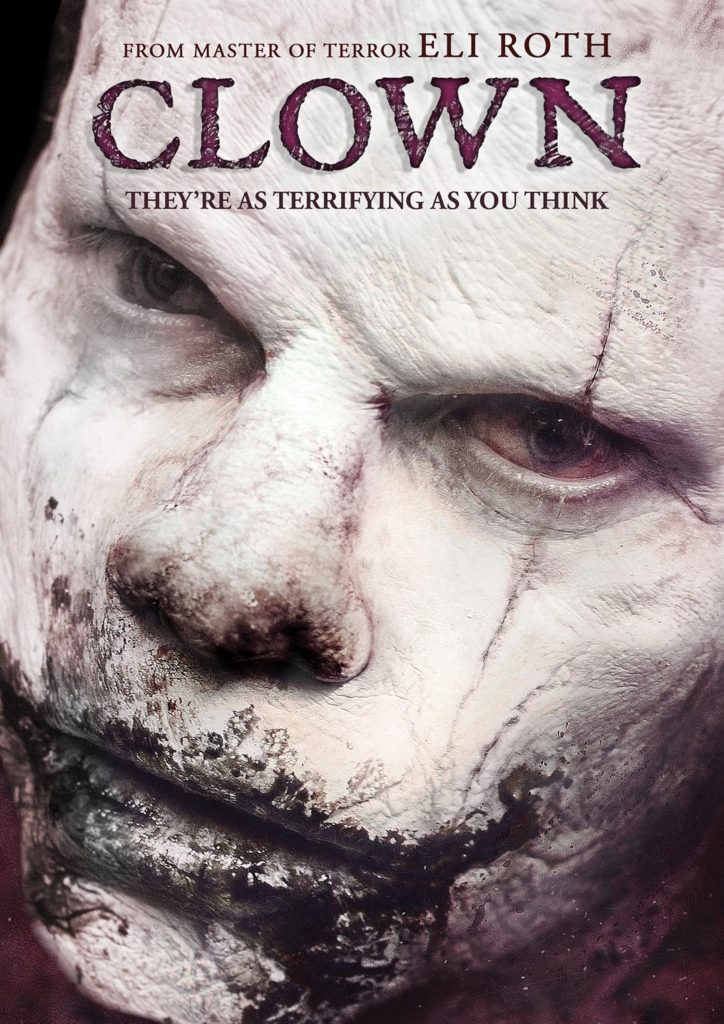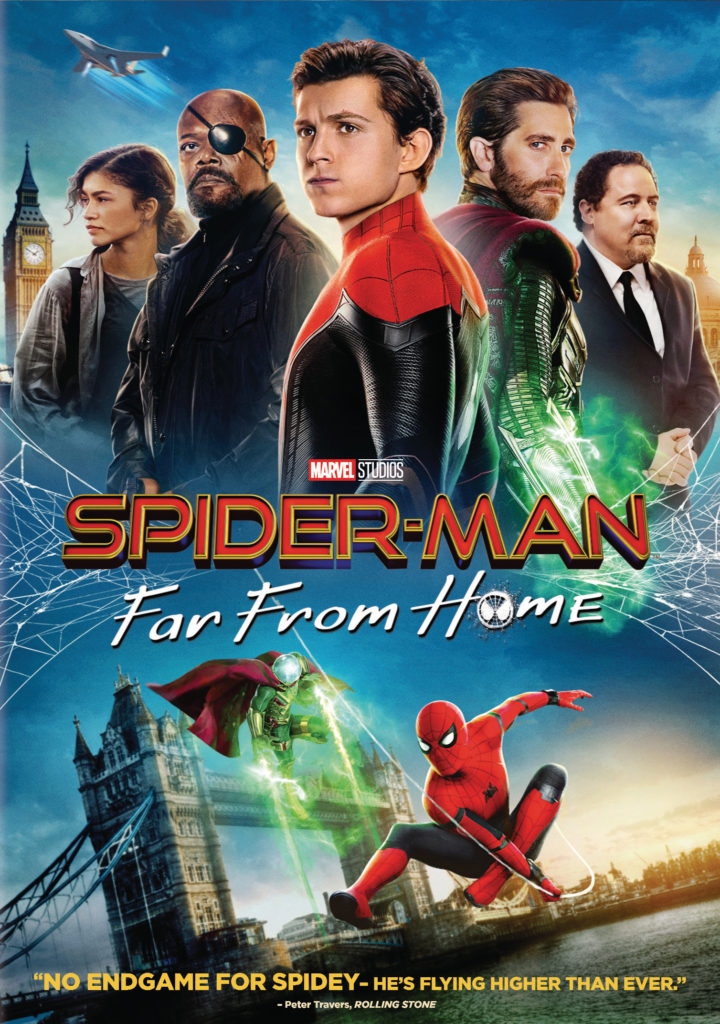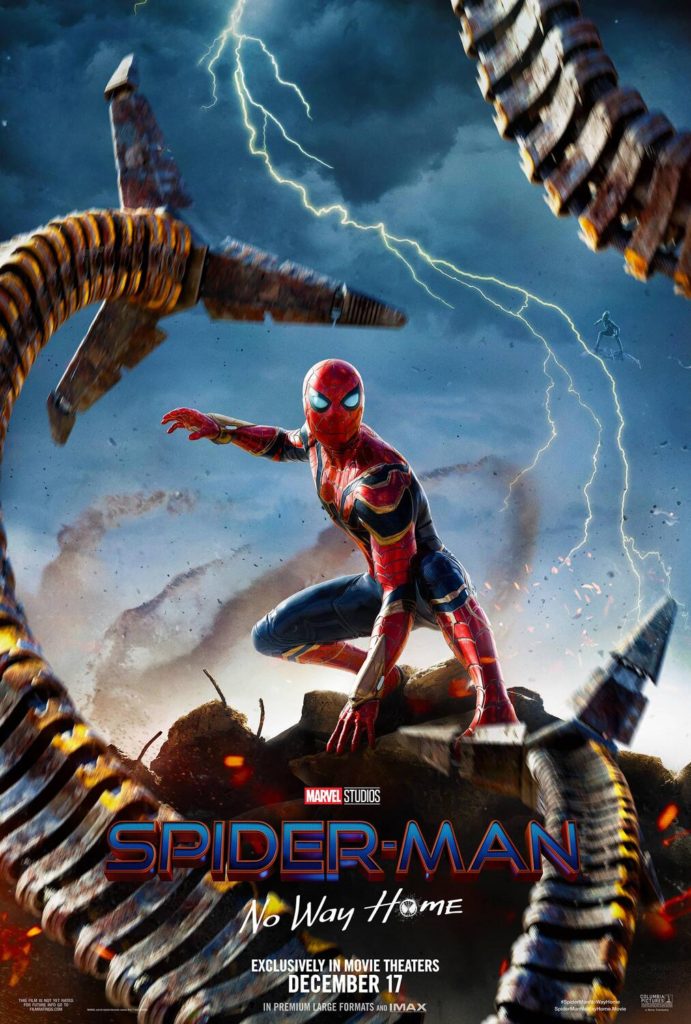| role 1 | role 2 | role 3 | |||
| role | editor | editor | director | director | cinematographer |
| genre | action sci fi | psychological thriller | romance drama | noir mystery | |
| film influence | inception (2010, Nolan) | fight club (1999, Fincher) | the virgin suicides (1999, Coppola) | citizen kane (1941, Welles) | once upon a time in hollywood (2019, Tarantino) |
| movement influences | german expressionism | ||||
| practitioner influences | lee smith | James Haygood | Sofia Coppola | Orson Welles | Robert Richardson |
| key techinques | elliptical editing, crosscutting, parallel editing | montage, jump cuts | alter egos, poetic dialogue, colour pallettes, playlist/score good | deep focus cinematogrpahy, multiple pov, low angle | tungsten-balanced Kodak film(or mixed media), contrast, halo lighting, veriety of camera shots and movement |
| target audience | |||||
| production scale | |||||
| key themes/issues | dreams vs reality | consumerism, repression and rebellion, the unconscious mind and pain | growing up, suffering and isolation | power, vanity, corruption | film industry, Charles Mansons gang of hippies, creative non fiction |
Daily Archives: December 13, 2021
Filters
Inspirational Practitioners Role 3 (Director)
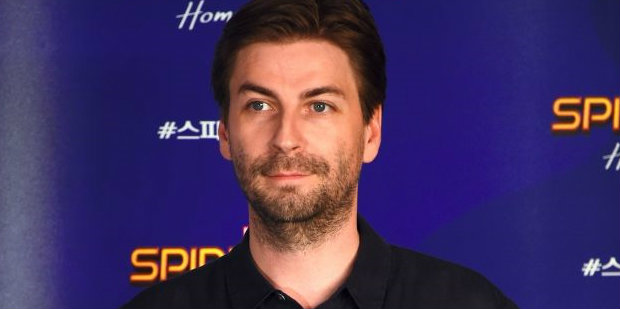
An inspirational Director would be Jon Watts, Watts is an American film director, producer and screen writer. He studied film at New York University and then started his directing career in 2000 and did so by directing commercials for production company Park Pictures. Watts made his directorial debut with the horror movie Clown (2014). His next film, Cop Car (2015), was a thriller.
“Watts revealed that the idea for the film came from a dream he had when he was a child.” (Cop Car)
Recently, Watts has directed and co-wrote Spider-Man Homecoming (2017) and directed Spider-Man Far From Home (2019). He has also Directed the soon to be released Spider-Man No Way Home (2021).
Watts has directed a vast variety of genres in his career. I mainly draw inspiration from his work within the Spider-Man franchise, this is because they typically create a huge amount of anticipation before the release and then entertains a mass audience
Role 3: SCREENPLAY WRITING
Job Description:
Screenwriters write film scripts – and rewrite them when asked. The original idea might be their own, or be given to them by a producer who has a rough outline for a story they’d like written. Or a screenwriter might be asked to adapt a story that already exists in another form, such as a novel, short story or play. Screenwriters work closely with script editors, who are employed by film companies to liaise with screenwriters who are working on scripts for them. Script editors provide feedback, make requests for changes and ensure that drafts are delivered on time.
Inspiration: Guy Richie
Guy Richie is a British director as well as a screenplay writer. He has written most of his work, most of which being comedic British gangster films. His debut film in screenplay writing was Lock Stock and Two Smoking Barrels in 1998, and has made many more since then. ‘My principal job is to make interesting and entertaining films, and I’m not proud of which format or which particular technique I use. I just wanted the film to look good’. He is a an auteur who takes control on most aspects of a film, however I will be focussing on screenplay writing.


sources
inspiration practitioners
sound
– studio ghibli foley artists
Richard King dunkirk
Ben Burtt wall e
Ben Burtt has worked on many films as the sound designer such as Star Wars Raiders of the Lost Ark, Wall E, ET and much more Ben Burtt shows his talent as a sound designer by using these sounds for sci fi films he can test what sounds are possible by combining a multitude of different sounds to create specific sounds. In an inteview he refers to being a sound designer as “being a librarian” as there is so many different sounds and referring to having an encyclopaedia of sound. This was when he was the sound designer for Starwars which has a vast variety of sounds.
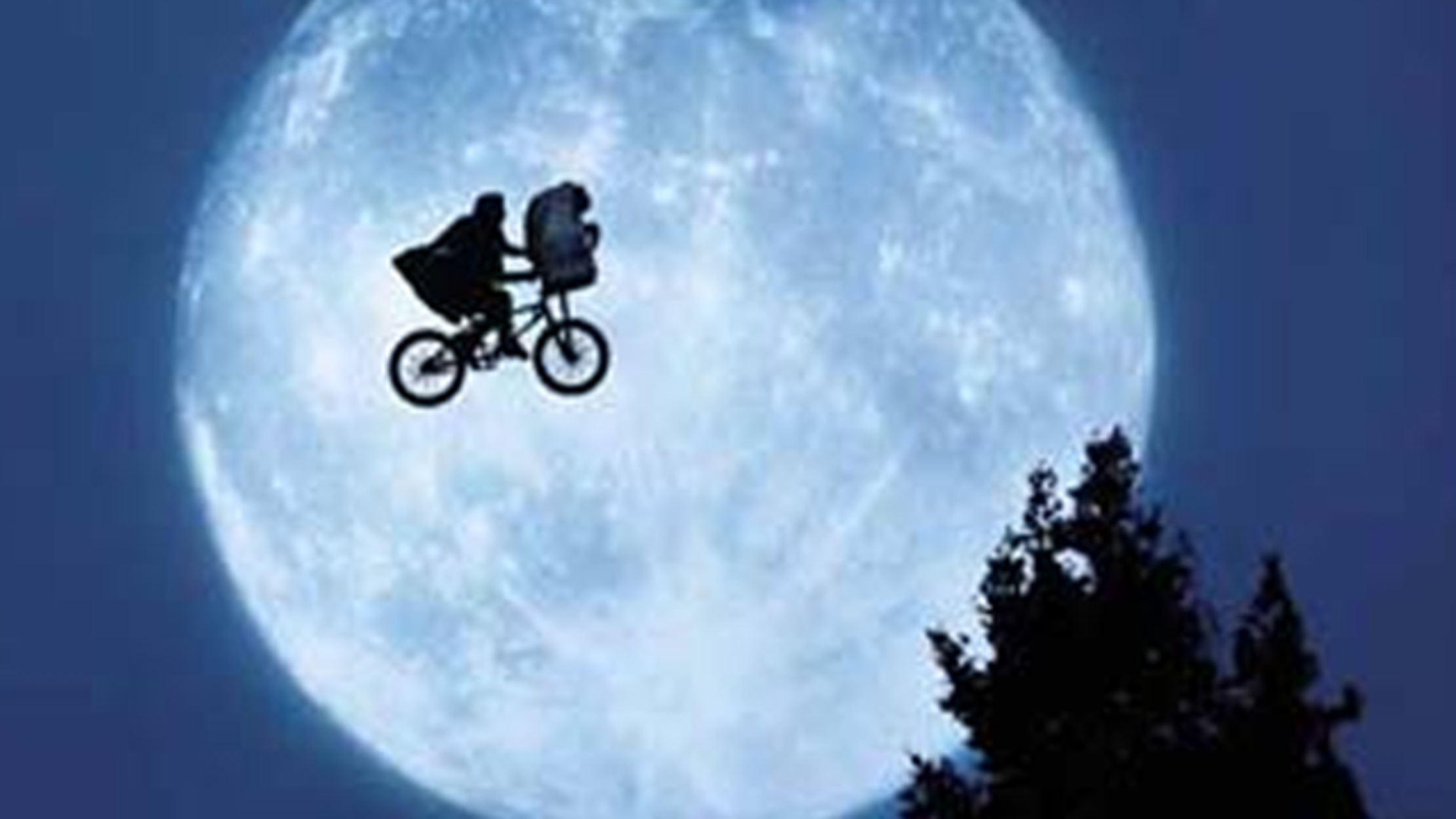
cinematography
bruno delbonnel amelie
Bruno Delbonnels style is a very styliased colour pallete with the light being mainly positioned on the side of a character and predominatley faced on the front of the character.
-often warm and using yellows and greens which tint the image
-works on amelie, a very long engagement, inside lllewyn davis, across the universe and lots more

Editing Inspiration-
Editing is an important part of filmmaking and I want to take inspiration from unique and creative editors, who preferably have connections to animation as that is something I am very interested in. Because of all of these factors, I chose to look at the work of Andrew Weisblum, an American film and visual effects editor, who has often worked alongside Wes Anderson in his live action and animated films. Andrew Weisblum himself is credited for editing a total of nineteen films, with two more in development, including Fantastic Mr. Fox, Black Swan (which he won an academy award for), and Isle of Dogs. He describes his style as precise, and uses storyboards and animatics to plan certain parts of the film. He also has a background in visual effects, as well as traditional film, and uses these skills often, like editing backgrounds and certain details while cutting and assembling the film, making his process more organised and fitting into his creative vision better and elevate the story.

Cinematography inspiration – paragraph 2
the cinematographer for spencer(Larrain, 2021), Claire Mathon, Shoot on warm 16 mm that allowed her to amplify Diana’s haunted quality. “It evokes ghostliness on the level of image,” Mathon said, noting the grain and timelessness of film. The ghostliness was compounded by the light Mathon used. Though the movie takes place in December, Mathon kept warm lights on in the home and had fireplaces burning in as many scenes as possible.
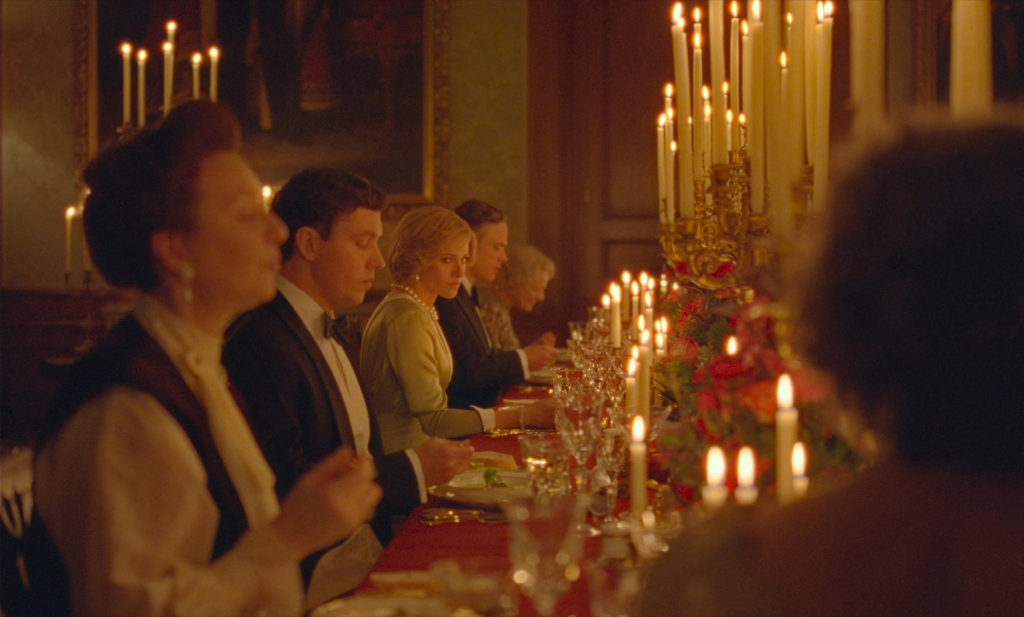
Mathon and Larraín also reviewed sequences from films by Stanley Kubrick as much for the style of the camera movement, the rhythm of the shots and the use of short focal length lenses, as for the plasticity of the filmed image, especially on faces, “We then started experimenting and testing to define our own palette and the texture of our images,” Mathon says. “For aesthetic reasons, but also for its lightness and the ergonomics of the camera equipment, we chose to go with Super 16mm for most of the production. The economic advantages of shooting Super 16mm were, of course, also part of the discussions.

“However, there were times when we didn’t want to show too much grain in the image, so we chose to shoot the more fragile, darker night scenes, which took place in low light, on 35mm film. For those scenes, the 35mm allowed us to retain softness and detail in the dark areas, while keeping fairly fine granulation in the overall image.”
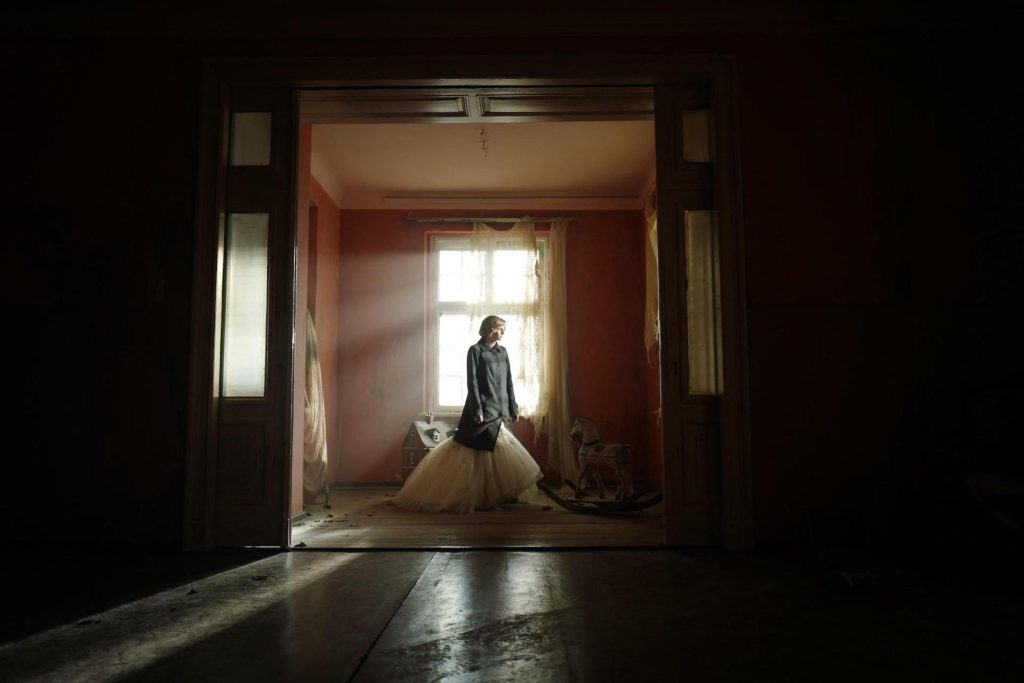
“Although the story takes place in 1991, we wanted a certain timelessness and looked to depict more of the iconic side in this portrait of a woman. We talked about softness and the colour that is ever-present in Diana’s world.” https://www.vanityfair.com/hollywood/2021/10/spencer-princess-diana-claire-mathon-cinematography
editing inspiration – paragraph 2
A flow of flashbacks and reveries, Ramsay’s hyper-fragmented film isn’t an adaptation of the book in the usual sense, more an impressionistic remix. The story’s horrific climax isn’t quite omitted but is treated so telegraphically that it seems to be happening backstage. It’s as if Ramsay is thinking between the lines of the book, rather than filming those lines themselves.
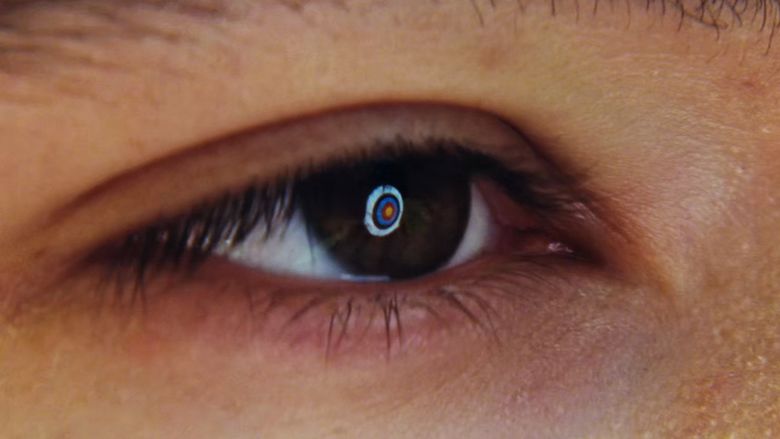
Joe Bini, editor of We need to talk about Kevin (Ramsay, 2011) made commercials and several independent and experimental films, among them Somber Accommodations with which he won the Special Jury Prize at the 1991 San Francisco International Film Festival. Was awarded Prix Vulcain De L’Artuste-Technicien, Special Distinction at Cannes Film Festival 2011 for his work on We Need to Talk About Kevin.
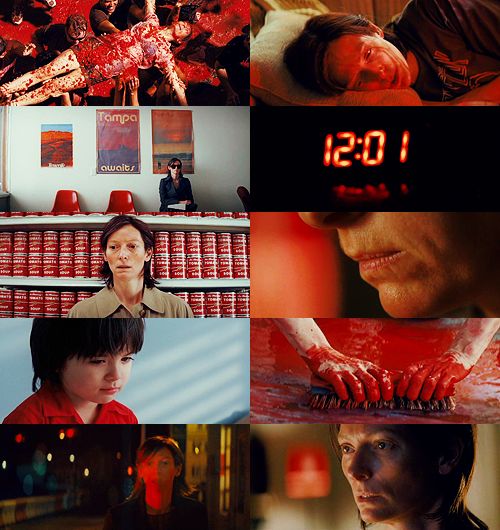
At the Sundance Institute he stated in his speech, “The single most important guiding principle that I have learned is that you can only be successful making films by being truthful—truthful about the process, about what you do and do not know, about what is and is not functioning, and to not delude yourself with fabulous montages, crafting the great acting performance or cultivating rock star dreams. Our job is to speak the truth, whether people want to hear it or not, and the truth is none of us know anything. We have to reinvent the wheel with each new film. Continue to strive towards making better films. The best way to do that is to continually educate yourselves about filmmaking.” https://www.sundance.org/blogs/program-spotlight/joe-bini-talks-the-art-of-editing-and-offers-a-cautionary-tale-for-editors-everywhere/
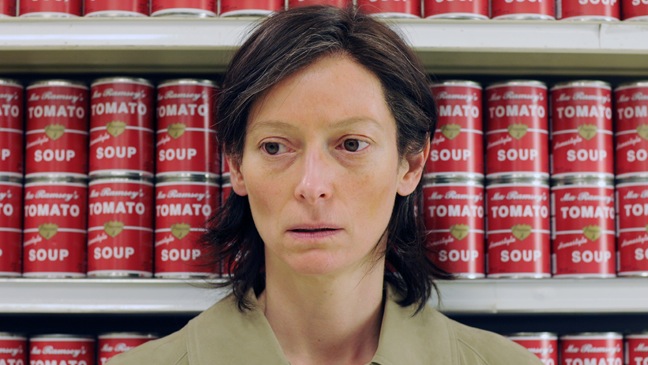
film role 2
For this role i’ll be using cinematography
The role of a cinematographer is to control the camera and chose angles which are best suited for certain scenes and moments. A cinematographer is responsible for the was the scene looks though the lens and the lighting. The lighting is the responsibility of a Cinematographer as the cinematographer can see if the scene is too light or too dark and has the ability to change that due to being able to notice where the light needs to be and here is too dark or has too many shadows. An inspirational Cinematographer Louis le Prince who created the first Motion picture in 1888. The first motion pictures had no sound and were in black and white, however 100 years later it is now completely digital, high definition, includes sounds and also has intriguing visual effects that could have never been possible when cinematography first started. Le Prince was known as possibly being the first person to shoot a moving picture sequence using a single lens camera and a strip of film which we would now call a Tracking Shot. The cinematographer will be in charge of equipment that the camera needs like different lenses, batteries and sim cards to hold all the data and outtakes of the film being produced. Life Of Pi is a film which contains brilliant cinematography. Claudio Miranda was the cinematographer for the Life Of Pi and the film was shot on digital using ARRI ALEXA Camera and Angenieux Optimo Zoom Lenses.

The film was difficult to produce due to much of the filming being carried out in a self-generating wave tank on a set.
https://en.wikipedia.org/wiki/Louis_Le_Prince
Clip 1 – Skating
I decided to create a adventure and Psychological non-fiction clip of film which I’ve taken inspiration from, from the film “Life Of Pi”. As the film is adventurous and shows determination as there is a demand for phycological thoughts to motivate and push people to achieve great things. Claudio Miranda was the cinematographer for the life of pi, Mirandas cinematographer style is naturalistic which i will use to establish the work that is put in to skate.
Film Portfolio – Research for Inspirational Director
Film: Midsommar (2019)
Director: Ari Aster
Short Biography:
Aster became obsessed with horror films as a child. In 2008, he graduated from College of Santa Fe where he studied Film. He later earned a master’s degree in Fine Arts with a focus in directing. He spent the first 4 years of his directing career making short films until 2008 when he made his feature film debut with “Hereditary”. As well as directing Aster also tends to write the screenplay for each of his feature films.
Personal opinion:
In Midsommar, Aster used blocking in an effective way. For example the use of the long table when they eat at before the beginning of the Midsummer festival. The table represents how isolated the group is since they are not from that culture. I admire the way in which Aster utilised the actors for example in the opening scene when Dani breaks down on the phone to Christian after her parents and sister died. The scene evokes a lot of emotion and showcases the actress’ (Florence Pugh) skills.

Cinematography inspiration
Robert Bridge Richardson, ASC (born August 27, 1955) is an American cinematographer. He has won the Academy Award for Best Cinematographer three times, for his work on JFK, The Aviator and Hugo. Richardson is and has been a frequent collaborator for several directors, including Oliver Stone, John Sayles, Errol Morris, Quentin Tarantino, and Martin Scorsese. He is one of three living persons who has won the Academy Award for Best Cinematographer three times.
(Wikipedia)
‘One of the few noticeable hallmarks of a Robert Richardson composition is his famous “halo” look. You’ll see it in Stone’s JFK and Born on the Fourth of July, Scorsese’s Casino and The Aviator, and Tarantino’s Kill Bill and Inglourious Basterds‘
(premiumbeat.com)
INSPIRATION FOR NEW FILMING STYLES AND EXAMPLES OF FILMS IN WHICH THERE WAS AN EXPECTATION FOR PERIOD ACCURATE STYLE BUT ANOTHER STYLE WAS UTILISED:
‘On The Aviator, we did not attempt to re-create the choreography of period-style camera moves.’
(theasc.com)
EXAMPLES:

![Natural Born Killers – [FILMGRAB]](https://encrypted-tbn0.gstatic.com/images?q=tbn:ANd9GcTGu0mAl5wlPIEdoojhJ6b8jNwv5sbW5Oa7LTyqROuWLt86iKI4hCfaTUbCzB-DFNxMbxo:https://film-grab.com/wp-content/uploads/photo-gallery/19%2520(748).jpg%3Fbwg%3D1547238935&usqp=CAU)



